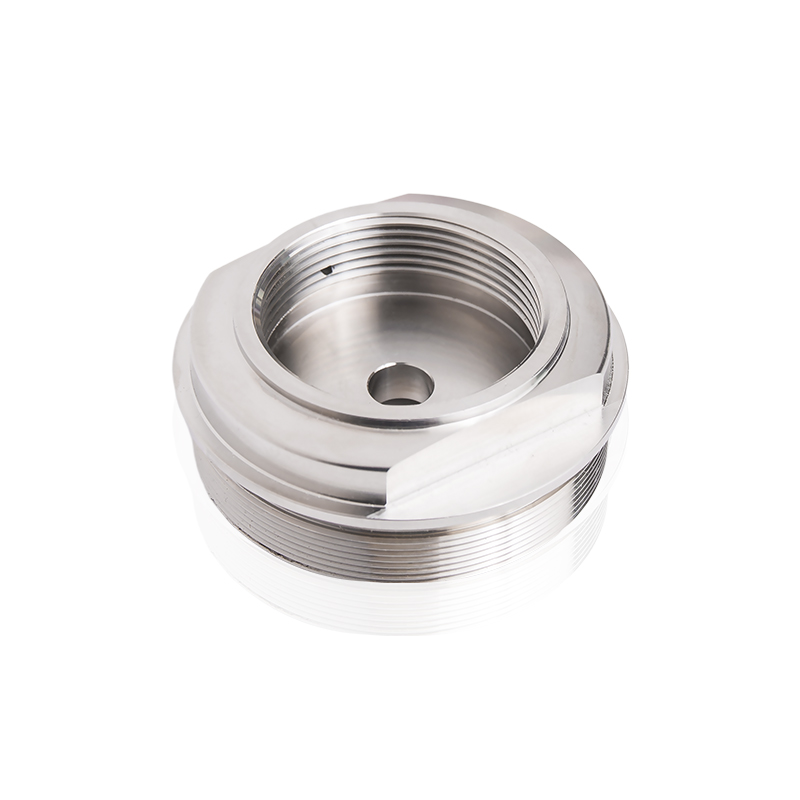Mastering Material Science: The Backbone of Ultra-High Purity Pressure Reducers
 2025.02.18
2025.02.18
 Industry news
Industry news
In the world of semiconductor manufacturing, precision and purity are not just buzzwords—they’re the lifeline of innovation. At the heart of this intricate ecosystem lies a critical component: the ultra-high purity pressure reducer base . These devices don’t just regulate gas flow; they ensure that every molecule delivered to sensitive processes is as pure as possible. But what makes these components so reliable? The answer lies in the advanced materials and surface treatments that form their foundation.
When it comes to selecting materials for UHP pressure reducers, engineers face a delicate balancing act. On one hand, the material must resist corrosion from reactive gases like silane (SiH₄), ammonia (NH₃), or fluorine (F₂). On the other, it must maintain structural integrity under high-pressure conditions without introducing contaminants. For instance, 316L stainless steel is a popular choice due to its excellent resistance to oxidation and corrosion. However, in environments where even trace impurities can spell disaster, more exotic alloys like Hastelloy or Inconel often take center stage. These materials excel in handling aggressive chemicals, but they also come with trade-offs—higher costs and potential challenges in machining or welding. Understanding these nuances is crucial for designing an ultra-high purity pressure reducer that performs reliably over time.
Surface finishing is another cornerstone of success in UHP applications. A poorly finished internal surface can become a breeding ground for particles, which could then contaminate delicate semiconductor processes. This is why manufacturers invest heavily in polishing techniques to achieve mirror-like finishes, often with roughness values as low as Ra < 5 µin. Electropolishing, for example, removes microscopic imperfections by dissolving the metal’s surface layer, leaving behind a smooth, non-reactive barrier. Mechanical polishing, while less expensive, requires meticulous attention to detail to avoid introducing scratches or grooves that could trap gases or particles. Beyond polishing, passivation treatments play a vital role in enhancing corrosion resistance. Chemical passivation creates a protective oxide layer on stainless steel, while electrochemical methods offer deeper penetration and longer-lasting results. Together, these treatments ensure that the base parts of ultra-high purity pressure reducers remain pristine, even after years of exposure to harsh industrial environments.

But let’s not forget about the softer side of material science—literally. In some cases, softer metals like copper may be used for seals or gaskets to achieve better conformity and reduce leak risks. However, this introduces new challenges, particularly when dealing with gases that can embrittle certain materials over time. Engineers must carefully evaluate the compatibility of each material with the specific gases being handled, ensuring that no unintended reactions occur during operation. It’s a complex puzzle, but solving it is essential for maintaining the integrity of semiconductor fabrication processes.
Ultimately, the choice of materials and surface treatments isn’t just about meeting specifications—it’s about pushing the boundaries of what’s possible. As semiconductor technology advances, so too must the components that support it. Innovations in metallurgy, such as nano-coatings or self-healing alloys, hold promise for further improving the performance of UHP systems. By investing in cutting-edge solutions, manufacturers can create pressure reducers that not only meet today’s demands but also pave the way for tomorrow’s breakthroughs.
Whether you’re designing a new gas delivery system or upgrading an existing one, remember this: the ultra-high purity pressure reducer base is more than just a piece of hardware—it’s the unsung hero of semiconductor manufacturing. With the right materials and treatments, it becomes a fortress of purity, safeguarding your processes against contamination and failure. And in an industry where perfection is the standard, that’s a role worth celebrating.





















